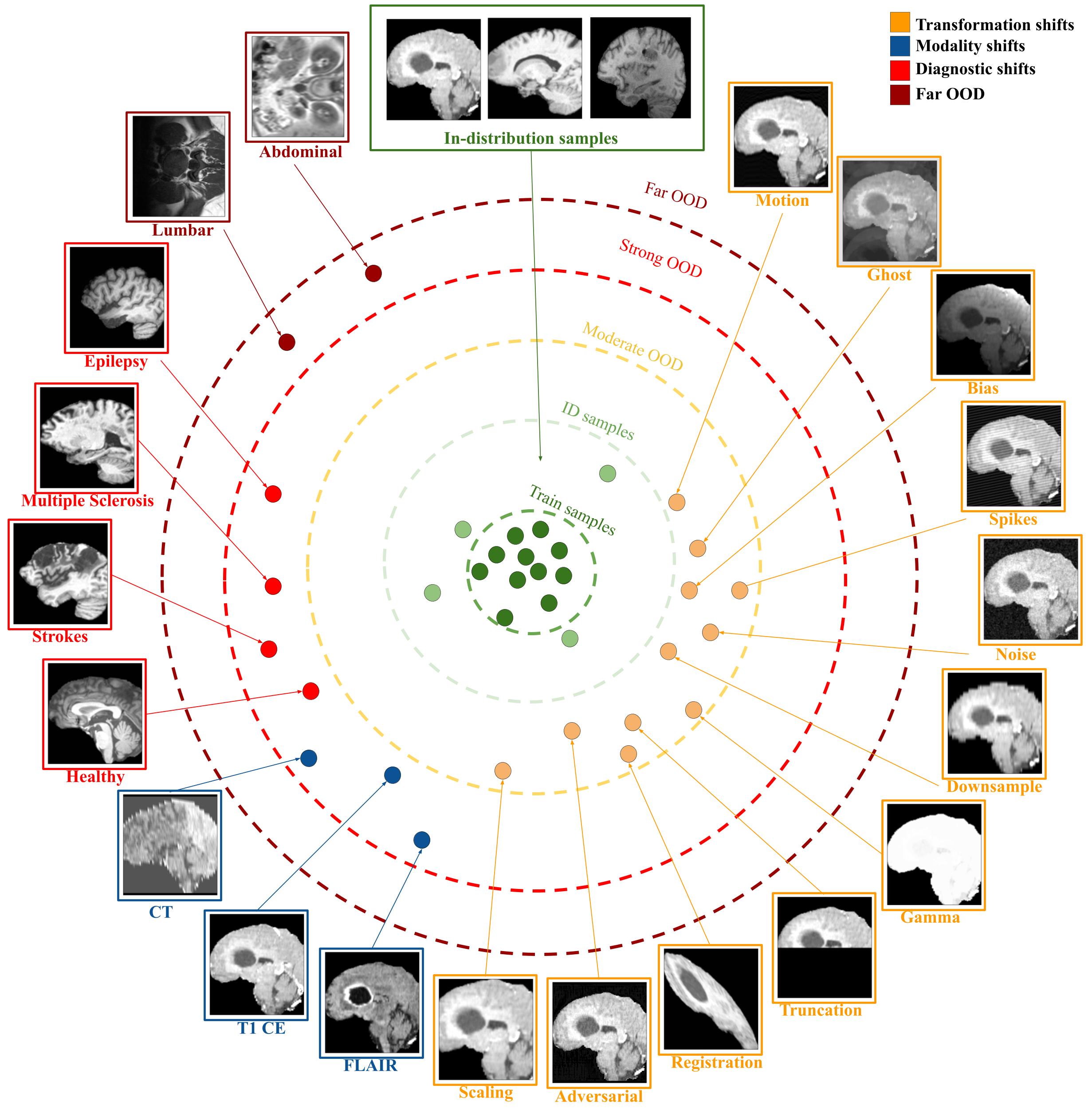Improving Calibration and Out-of-Distribution Detection in Medical Image Segmentation with Convolutional Neural Networks
Convolutional Neural Networks (CNNs) have shown to be powerful medical image segmentation models. In this study, we address some of the main unresolved issues regarding these models. Specifically, training of these models on small medical image datasets is still challenging, with many studies promoting techniques such as transfer learning. Moreover, these models are infamous for producing over-confident predictions and for failing silently when presented with out-of-distribution (OOD) data at test time. In this paper, we advocate for multi-task learning, i.e., training a single model on several different datasets, spanning several different organs of interest and different imaging modalities. We show that not only a single CNN learns to automatically recognize the context and accurately segment the organ of interest in each context, but also that such a joint model often has more accurate and better-calibrated predictions than dedicated models trained separately on each dataset. Our experiments show that multi-task learning can outperform transfer learning in medical image segmentation tasks. For detecting OOD data, we propose a method based on spectral analysis of CNN feature maps. We show that different datasets, representing different imaging modalities and/or different organs of interest, have distinct spectral signatures, which can be used to identify whether or not a test image is similar to the images used to train a model. We show that this approach is far more accurate than OOD detection based on prediction uncertainty. The methods proposed in this paper contribute significantly to improving the accuracy and reliability of CNN-based medical image segmentation models.
PDF Abstract





